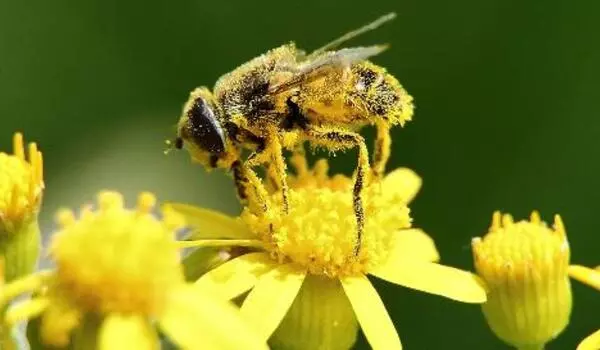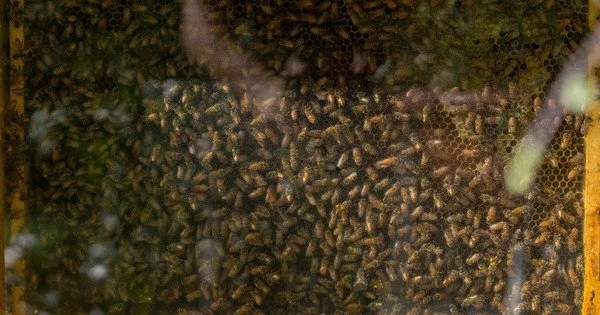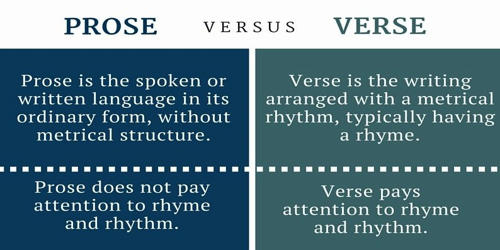The interaction of urban honeybees and wild bee populations is a complicated and multifaceted issue. While the presence of urban honeybees can have both positive and negative effects on wild bee populations, the overall effect is still being studied and debated by scientists.
According to the researchers, the rapid growth in urban honeybeekeeping over the last decade may be harming nearby wild bee populations. Small bees with limited foraging ranges may be particularly vulnerable, they write.
Who hasn’t gotten a jar of homegrown honey from a friend or relative who decided to try their hand at urban beekeeping? The gift is thoughtful, but their newfound interest in urban agriculture may have a negative impact on local biodiversity.
A team led by Concordia researchers argue in a new paper published in the journal PeerJ that the rapid growth in urban honeybee-keeping over the last decade may be negatively impacting nearby wild bee populations. Small bees with limited foraging ranges may be particularly vulnerable, they write. The researchers compared bee population data collected from various locations on Montreal’s island in 2013 to data collected from the same locations in the summer of 2020.
We found that the sites with the largest increase in honeybee populations across sites and years also had the fewest wild bee species.
Gail MacInnis
“We found that the sites with the largest increase in honeybee populations across sites and years also had the fewest wild bee species,” says Gail MacInnis, a former Concordia postdoctoral researcher, and the study’s lead author. Etienne Normandin from the Université de Montréal and Carly Ziter, an assistant professor in the Department of Biology, are co-authors.
According to Quebec’s Ministère de l’Agriculture, des Pêcheries et de l’Alimentation (Ministry of Agriculture, Fisheries and Food), the number of honeybee colonies on the island of Montreal has increased over twelvefold. In 2013, there were under 250 colonies. That number has ballooned to almost 3,000 in 2020.
Honeybees are not native to the region, the researchers note. This type of bee is therefore in competition with almost 180 other species for resources like pollen and nectar, as identified in the 2013 study.

Invasive and hungry
The researchers visited 15 pollinator-friendly locations on the island of Montreal. Community gardens, cemeteries, and large urban parks were among the locations. To collect their samples, the researchers used a standardized system of pan-trap triplets (multicolored bowls designed to attract bees) and nets. Between late June and early September 2020, each site was sampled five times, for a total of 6,200 bees. Other important factors influencing wild bee populations, such as habitat and floral resource availability, were also measured by the researchers.
Almost 4,000 samples turned out to be wild bees from 120 different species. There were approximately 2,200 honeybees. In comparison, approximately 5,200 bees were collected at similar locations in 2013. Almost all of these bees were wild bees from one of 163 different species.
Statistical analyses were performed across sites in 2020 on wild bee diversity; bee traits and honeybee abundance; wild bee community composition; and pollen depletion. Similar analyses compared the bee communities of 2013 and 2020.
The study found that wild bee species richness declined significantly. Honeybee abundance increased but remained similar to 2013 levels in areas where the honeybee population was comparatively lower. Honeybee abundance was also associated with pollen depletion in white clover flowers.
Not a risk-free hobby
According to MacInnis, the lack of a registry or regulations makes studying bee populations difficult. She believes that understanding honeybee colony density is critical because a single honeybee colony can support up to 50,000 individuals.
“If we want to support large bee populations, we must provide food.” “However, because commercially managed bees are prone to many diseases, we must also be cautious about population density,” she says. “This problem can exacerbate when there are a lot of new beekeepers in the area.” They might not be as knowledgeable about controlling mites, viruses, and other pathogens.”
“Beekeeping produces a valuable agricultural product for people in the form of honey. My concern is that urban beekeeping is frequently misrepresented as a solution to biodiversity loss,” Ziter continues. “In the same way that we would not advocate keeping backyard chickens to save the birds, we should not look to beekeeping to save the bees.” It is critical that our actions correspond to our goals or motivations.”
“If our goal is to increase urban biodiversity, we’re much better off planting pollinator gardens than adding more urban hives.”
















